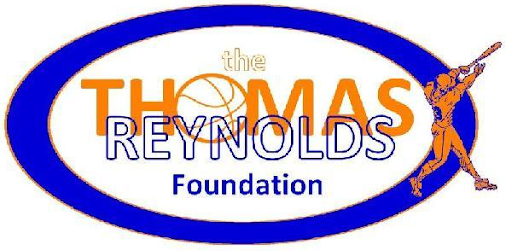What is an Ependymoma Tumor?
What is an Ependymoma Tumor?
Ependymoma is a type of tumor that arises from ependymal cells, which line the ventricles of the brain and the central canal of the spinal cord. These cells are part of the central nervous system and play a crucial role in producing cerebrospinal fluid (CSF) that cushions and protects the brain and spinal cord. Ependymomas are relatively rare, accounting for about 2-3% of all primary brain tumors in adults and approximately 10% in children.
Types of Ependymoma Tumors
Ependymomas can occur at any age but are most commonly diagnosed in children and young adults. They are classified into several types based on their location and microscopic appearance:
- Subependymoma: Often slow-growing and typically found in the ventricles of the brain.
- Myxopapillary Ependymoma: Usually occurs in the lower part of the spinal cord, specifically in the filum terminale.
- Classic Ependymoma: Can occur in the brain or spinal cord and is further divided into various grades based on their aggressiveness.
- Anaplastic Ependymoma: A more aggressive form that tends to grow and spread more rapidly.
Symptoms
The symptoms of ependymoma tumors vary depending on their location and size. Common symptoms include:
- Headaches: Often worse in the morning due to increased intracranial pressure.
- Nausea and vomiting: Also related to increased pressure in the brain.
- Balance and coordination problems: Tumors in the brain can affect the cerebellum.
- Back pain or pain in the limbs: Common with spinal cord tumors.
- Changes in vision or eye movements: Due to pressure on specific parts of the brain.
In children, symptoms might also include irritability, developmental delays, and changes in school performance.
Diagnosis
Diagnosing an ependymoma typically involves several steps:
- Neurological Examination: Initial assessment of symptoms and physical examination.
- Imaging Studies: MRI (Magnetic Resonance Imaging) is the most common and effective imaging technique for identifying ependymomas. CT scans may also be used.
- Biopsy: A sample of the tumor is taken and analyzed to confirm the diagnosis and determine the specific type and grade of the tumor.
Treatment
The treatment of ependymoma tumors usually involves a combination of surgery, radiation therapy, and in some cases, chemotherapy.
- Surgery: The primary treatment for ependymoma is surgical removal of the tumor. The goal is to remove as much of the tumor as possible without damaging surrounding brain or spinal cord tissue.
- Radiation Therapy: Often used after surgery to kill any remaining cancer cells and reduce the risk of recurrence.
- Chemotherapy: Less commonly used but may be considered, especially in younger children or when surgery and radiation are not fully effective.
Prognosis
The prognosis for individuals with ependymoma varies widely based on several factors, including the location and grade of the tumor, the success of surgical removal, and the patient's age. Generally, complete surgical removal followed by radiation therapy offers the best chance for long-term survival and reduced recurrence.
Research and Advances
Ongoing research into the genetic and molecular characteristics of ependymomas is helping to develop more targeted and effective treatments. Clinical trials are exploring new therapies and treatment combinations, aiming to improve outcomes and quality of life for patients.
SHARE THIS POST:
Leave a Comment
Latest posts

Categories
Charity
Donations
Food
Fundraising
Kids Education
Tags
Charity
DONATION
EDUCATION
FUNDRAISING
KIDS
WATER


